Mary
Virgin, Mother, and Queen
A BIBLE STUDY GUIDE FOR CATHOLICS
Fr. Mitch Pacwa, S.J.
Our Sunday Visitor Publishing Division
Our Sunday Visitor, Inc.
Huntington, IN 46750
Nihil Obstat
Msgr. Michael Heintz, Ph.D.
Censor Librorum
Imprimatur
 Kevin C. Rhoades
Kevin C. Rhoades
Bishop of Fort Wayne-South Bend
November 22, 2013
The Nihil Obstat and Imprimatur are official declarations that a book is free from doctrinal or moral error. It is not implied that those who have granted the Nihil Obstat and Imprimatur agree with the contents, opinions, or statements expressed.
Every reasonable effort has been made to determine copyright holders of excerpted materials and to secure permissions as needed. If any copyrighted materials have been inadvertently used in this work without proper credit being given in one form or another, please notify Our Sunday Visitor in writing so that future printings of this work may be corrected accordingly.
Copyright 2014 by Mitch Pacwa, S.J. Published 2014.
19 18 17 16 15 14 1 2 3 4 5 6 7 8 9
All rights reserved. With the exception of short excerpts for critical reviews, no part of this work may be reproduced or transmitted in any form or by any means whatsoever without permission in writing from the publisher. Contact: Our Sunday Visitor Publishing Division, Our Sunday Visitor, Inc., 200 Noll Plaza, Huntington, IN 46750; 1-800-348-2440; bookpermissions@osv.com.
ISBN: 978-1-61278-715-2 (Inventory No. T1419)
eISBN: 978-1-61278-314-7
LCCN: 2013956998
Cover design: Amanda Falk
Cover art: Shutterstock
Interior design: Sherri L. Hoffman
Interior art: iStockPhoto.com
PRINTED IN THE UNITED STATES OF AMERICA
To Fr. Rick Thomas, S.J.,
a great servant of the poor
who brought me back to daily praying the Rosary,
an inspiration for which I will be eternally grateful.
CONTENTS
HOW TO USE THIS STUDY
GUIDE IN A GROUP
This is an interactive study guide. It can be read with profit either alone or as part of a group Bible study. Below are suggestions for the use of this book in a group.
WHAT YOU WILL NEED FOR EVERY SESSION
- This study guide
- A Bible
- A notebook
- Before Session 1, members of the group are encouraged to read the Introduction and Session 1 and to complete all the exercises in both. They should bring this study guide with them to the group session.
- Begin the session with prayer (see Marian Prayers on page 157).
- Invite one person in the group to read one of the Scripture passages included in this sessions material.
- Allow five minutes of silent reflection on the passage. This allows the group to quiet their inner thoughts and to center themselves on the lesson to be discussed.
- Catechesis: Give all members a chance to share some point that they have learned about Mary. Was this something new or a new insight into something? Was there anything that raised a question? (Allow fifteen to twenty minutes for this.)
- Discussion: Use the discussion questions at the end of the session chapter to begin a deeper grasp of the material covered in the session. (Allow fifteen to twenty minutes for this.)
- Conclusion: Have all members of the group summarize the key concepts they learned about Mary discussed in the session. Assign the next session as homework, to be completed before the next group session.
SYMBOLS USED IN THIS STUDY GUIDE
 = Information
= Information
 = Stop and Read
= Stop and Read
 = Investigate
= Investigate
 = Quotation
= Quotation
ACKNOWLEDGMENTS
Unless otherwise noted, the Scripture citations used in this work are taken from the Catholic Edition of the Revised Standard Version of the Bible (RSV), copyright 1965, 1966 by the Division of Christian Education of the National Council of the Churches of Christ in the United States of America. Used by permission. All rights reserved. Where noted, other Scripture citations are from the Revised Standard Version of the Bible Second Catholic Edition (Ignatius Edition), designated as RSV-SCE. Copyright 2006 National Council of the Churches of Christ in the United States of America. Used by permission. All rights reserved.
Quotations from papal statements, Vatican II, and other Vatican documents are copyrighted, 2014, Libreria Editrice Vaticana.
INTRODUCTION
 We never give more honor to Jesus than when we honor his Mother, and we honor her simply and solely to honor him all the more perfectly. We go to her only as a way leading to the goal we seek Jesus, her Son.
We never give more honor to Jesus than when we honor his Mother, and we honor her simply and solely to honor him all the more perfectly. We go to her only as a way leading to the goal we seek Jesus, her Son.
St. Louis Marie de Montfort
This book is a Bible study on the passages of the Old and New Testaments that have been particularly relevant to Marian doctrine over the centuries. The importance of these texts is that all Christians hold the Bible in common as a primary source of teaching, along with sacred Tradition, as Scripture itself teaches (2 Thess 2:15). I have two main goals in preparing this study that Ill go into a bit later, but first a little of my own story.
CONSIDER
Growing up in the Catholic faith in the 1950s and 60s included a lot of training in the teachings of the doctrines, morals, and pious practices that were meant to help us understand and live out the faith and morals. Among these were frequent teachings about saints who did marvelous and heroic things in their lives, with teachings about the Blessed Virgin Mary as the greatest of all saints.
Devotional practices and prayers such as the Brown Scapular or May Crowning, but especially the Rosary were normal components of Catholic life. Statues of the Blessed Mother were not only in church but in every classroom and most homes as well. Yet, at the same time, the Baltimore Catechism made it very clear in its teaching on the First Commandment that we may worship only God; we can honor the saints, especially the Blessed Virgin Mary, and use statues and pictures as helps to our prayer life.
THE FIRST COMMANDMENT
 199. What are we commanded by the first commandment?
199. What are we commanded by the first commandment?
By the first commandment we are commanded to offer to God alone the supreme worship that is due Him.
It is written, The Lord thy God shalt thou worship, and him only shalt thou serve (Luke 4:8).
Baltimore Catechism (1941)
These teachings were obviously very important to the priests and nuns who taught us in church and school, and it was easy to see that they were sharing these elements from their own spiritual life.
When I entered Quigley North Preparatory Seminary in 1963 to begin my formal studies toward the priesthood, daily Mass and the Rosary, weekly confession, and three hours a day for homework were the bare minimum. The seminarians prayer book we were required to purchase including devotions ranging around various issues in everyday Catholic life, with prominence given to Mass and the Marian devotions.


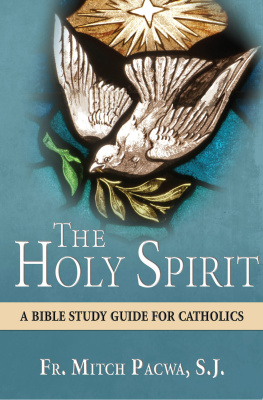
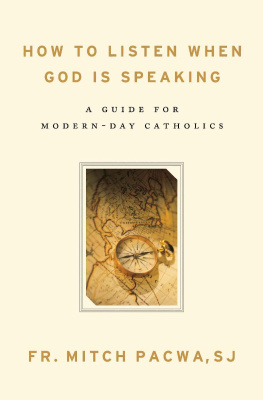
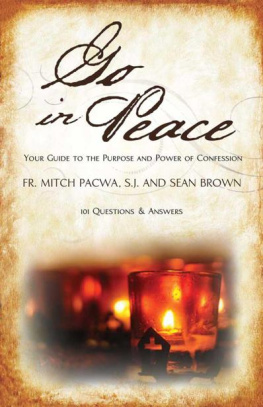
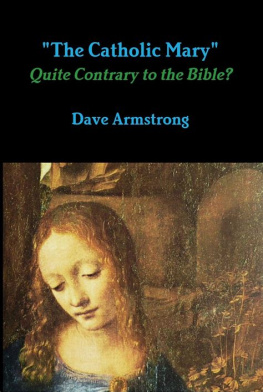
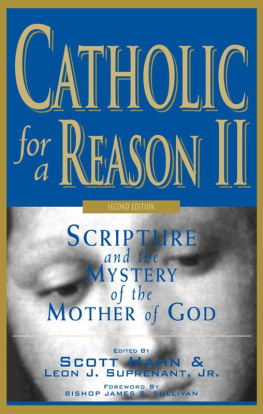

 Kevin C. Rhoades
Kevin C. Rhoades = Information
= Information = Stop and Read
= Stop and Read = Investigate
= Investigate = Quotation
= Quotation We never give more honor to Jesus than when we honor his Mother, and we honor her simply and solely to honor him all the more perfectly. We go to her only as a way leading to the goal we seek Jesus, her Son.
We never give more honor to Jesus than when we honor his Mother, and we honor her simply and solely to honor him all the more perfectly. We go to her only as a way leading to the goal we seek Jesus, her Son. 199. What are we commanded by the first commandment?
199. What are we commanded by the first commandment?